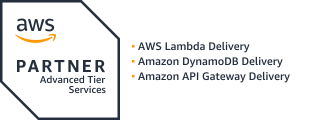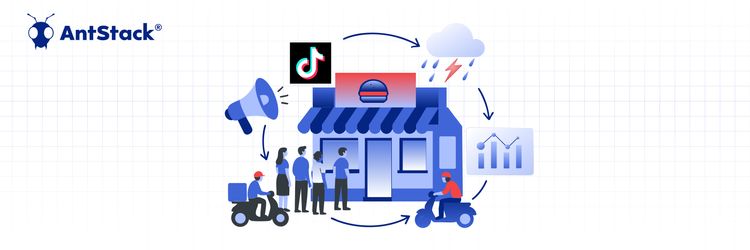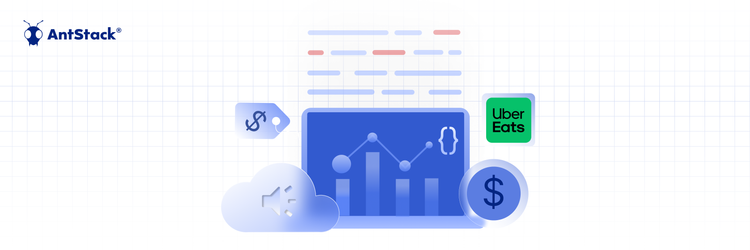LIVE AT SCALE: How FOX Used Serverless for Flawless Super Bowl Stream
Why Serverless
Serverless Computing
Serverless computing is a cloud computing model that allows you to build and run applications without thinking about the servers. The cloud provider provisions the resources (compute, storage, etc) on the fly and manages the underlying hardware and exposes the resources to be consumed in a secure manner. This eliminates infrastructure management tasks such as server or cluster provisioning, patching, operating system maintenance, and capacity provisioning as it is handled by the cloud provider.










